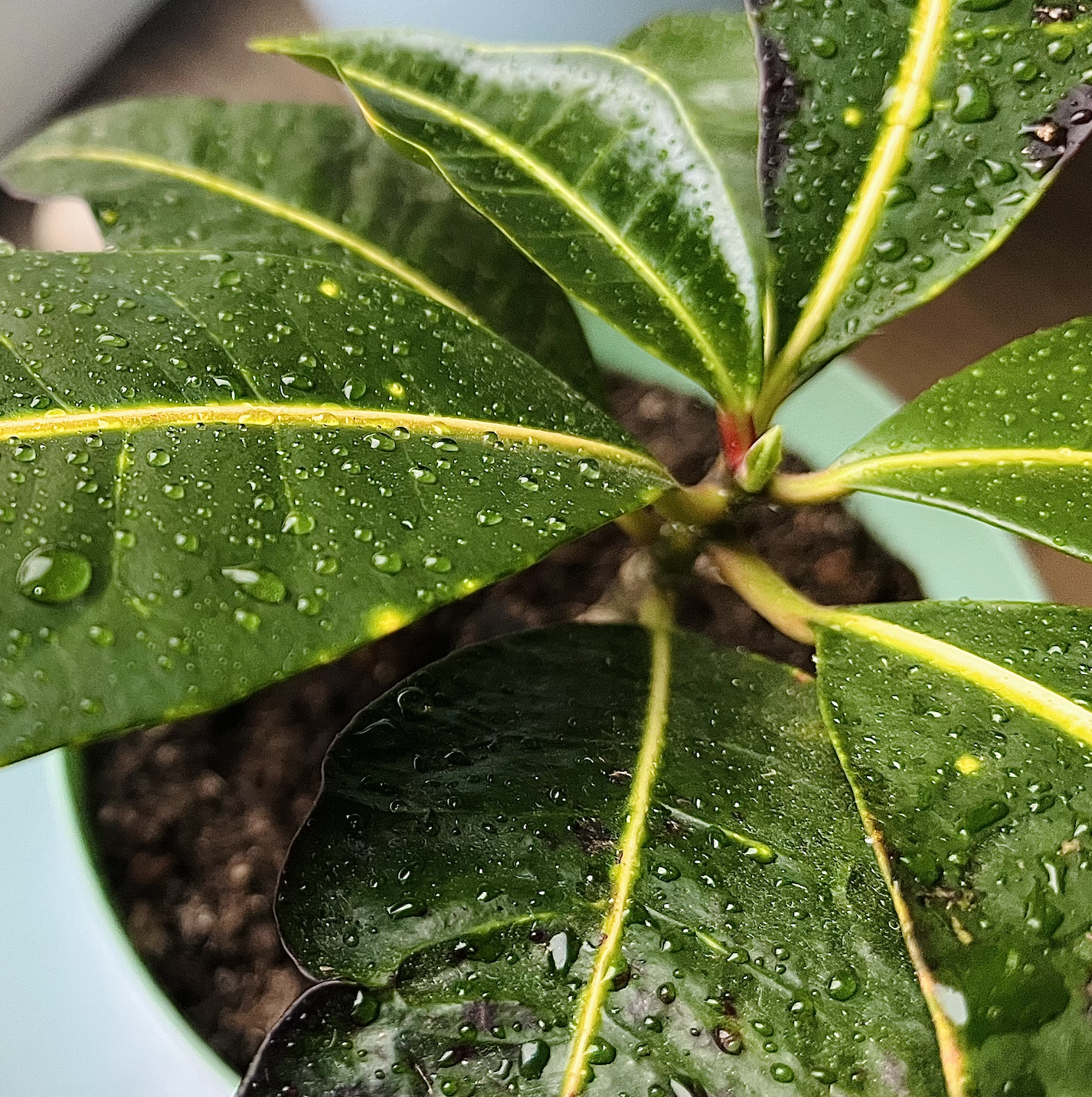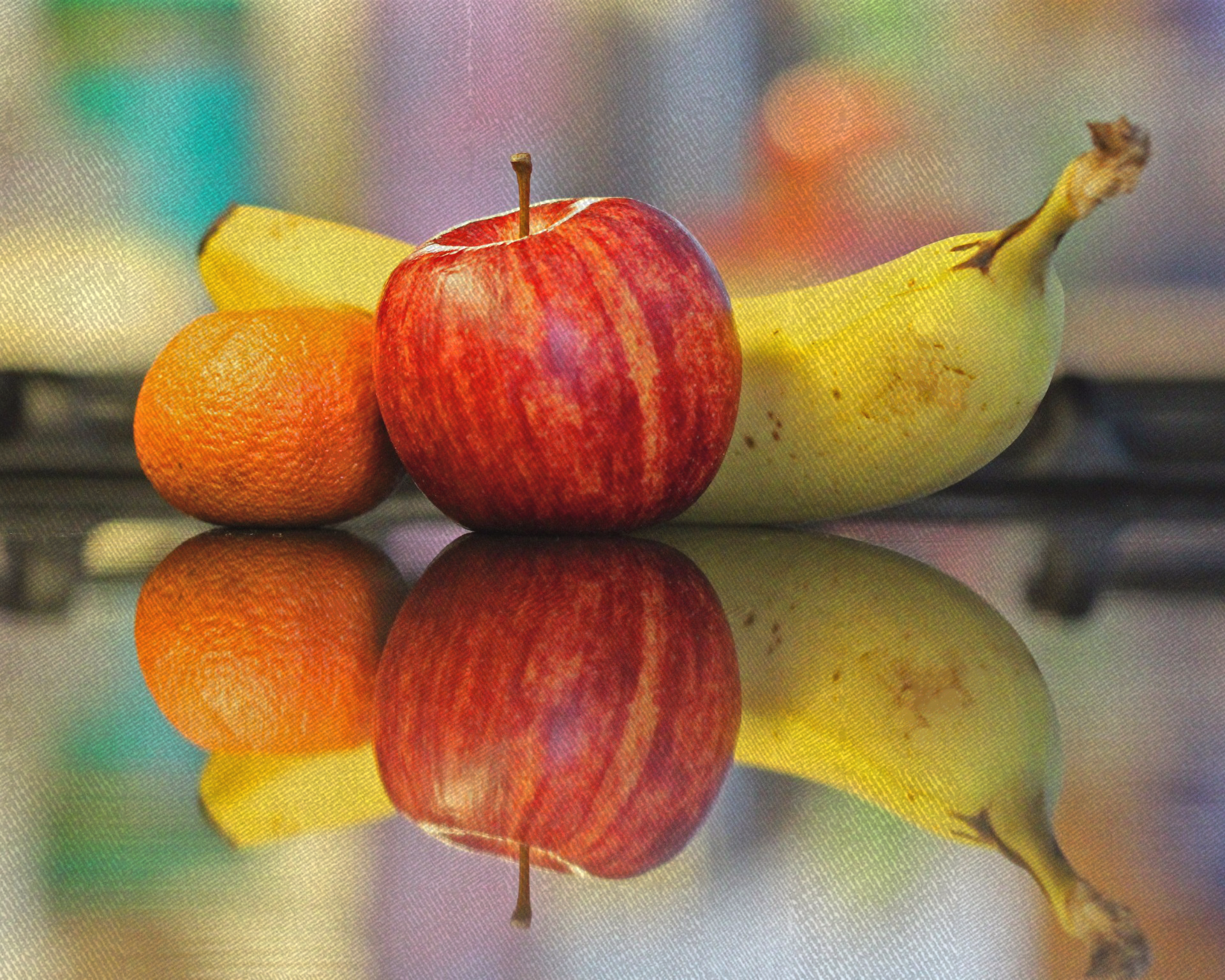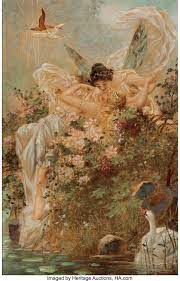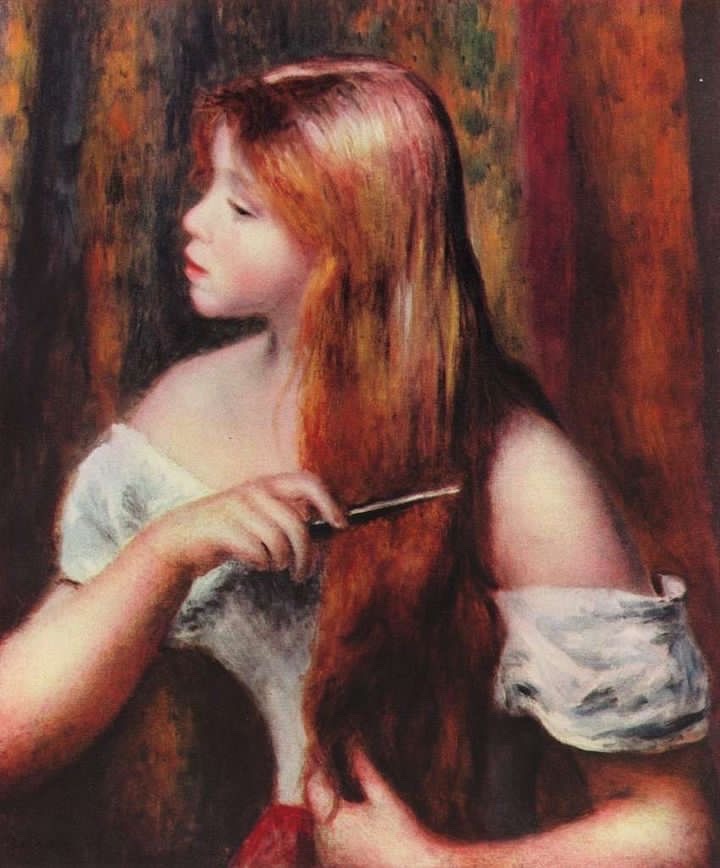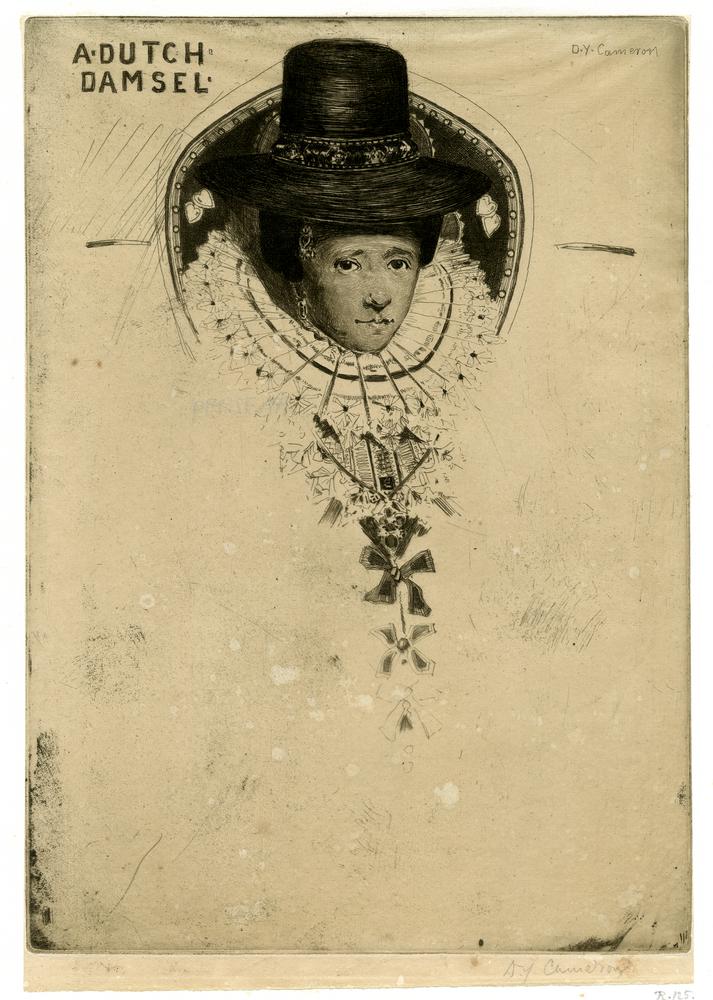
The Afterlife
A story about a boy who finds himself in a transparent situation, literally. Alex is confused to
discover that he unexpectedly dies in an accident involving his best friend and is in the afterlife. There, he encounters old acquaintances and ultimately discovers the secrets of life.


